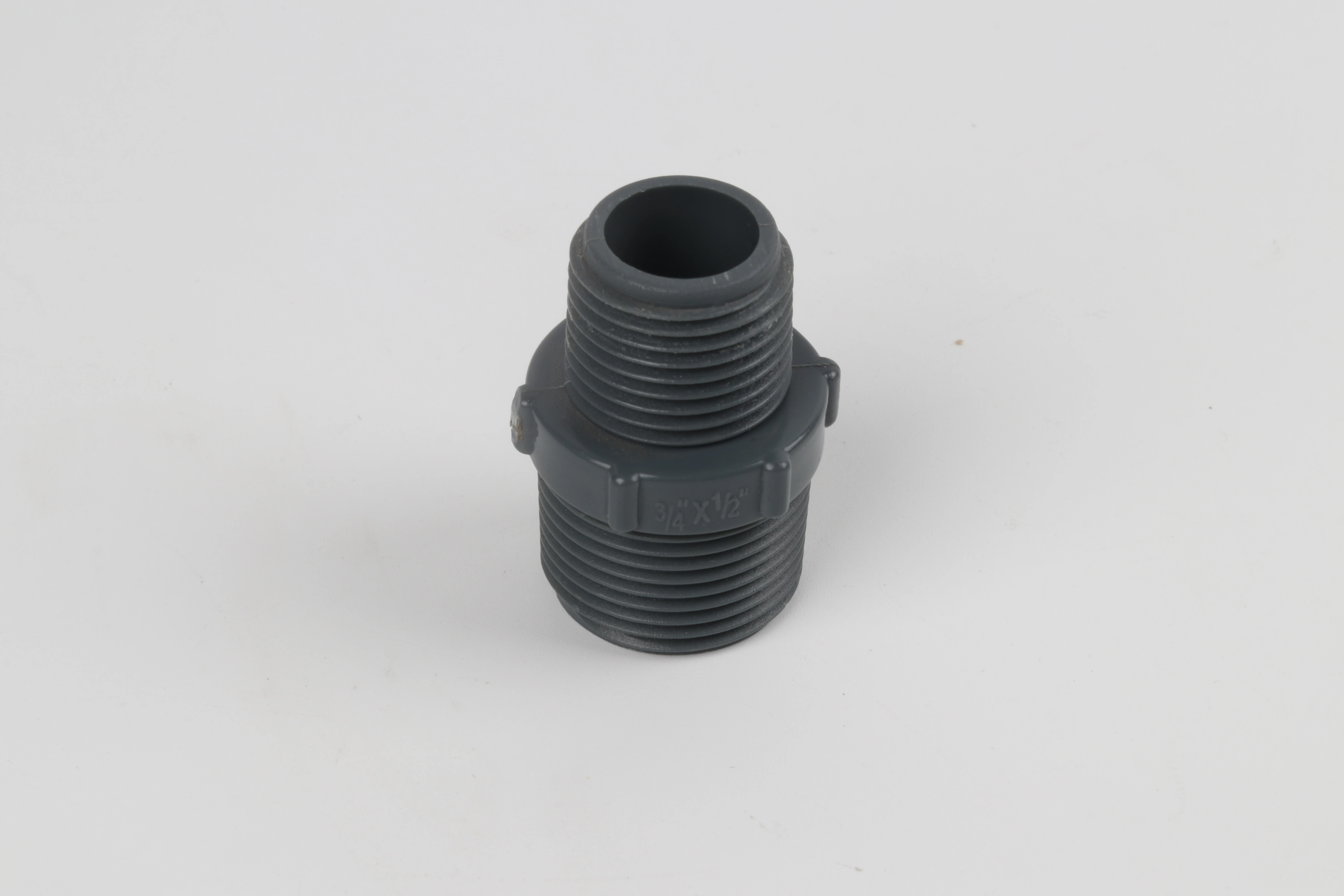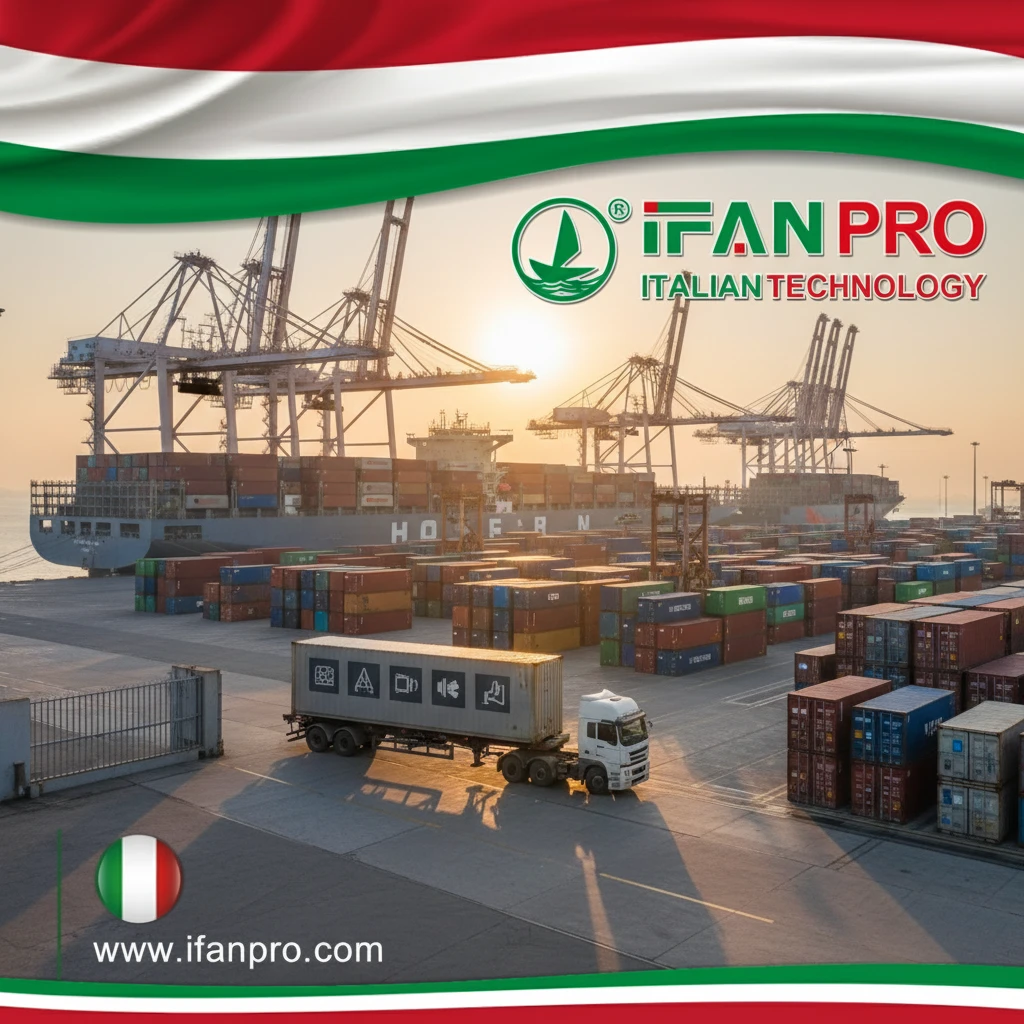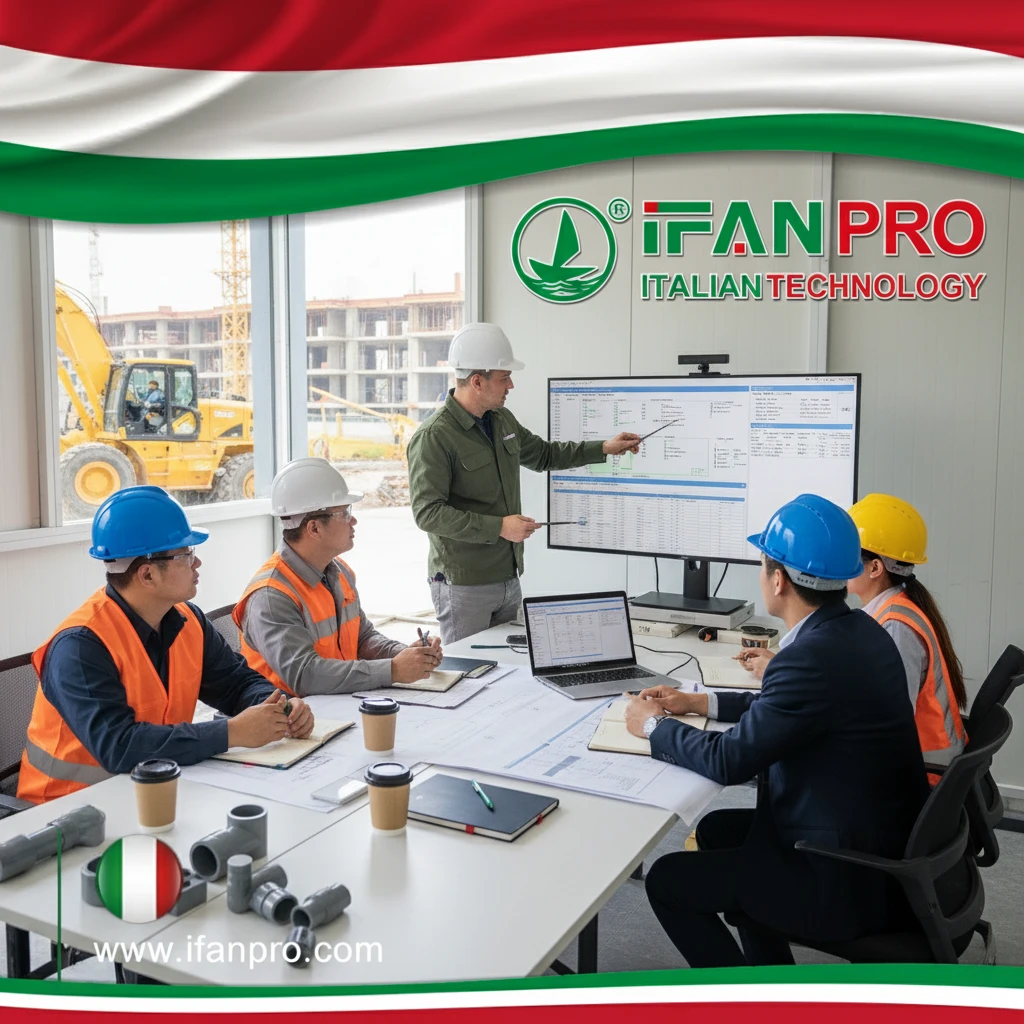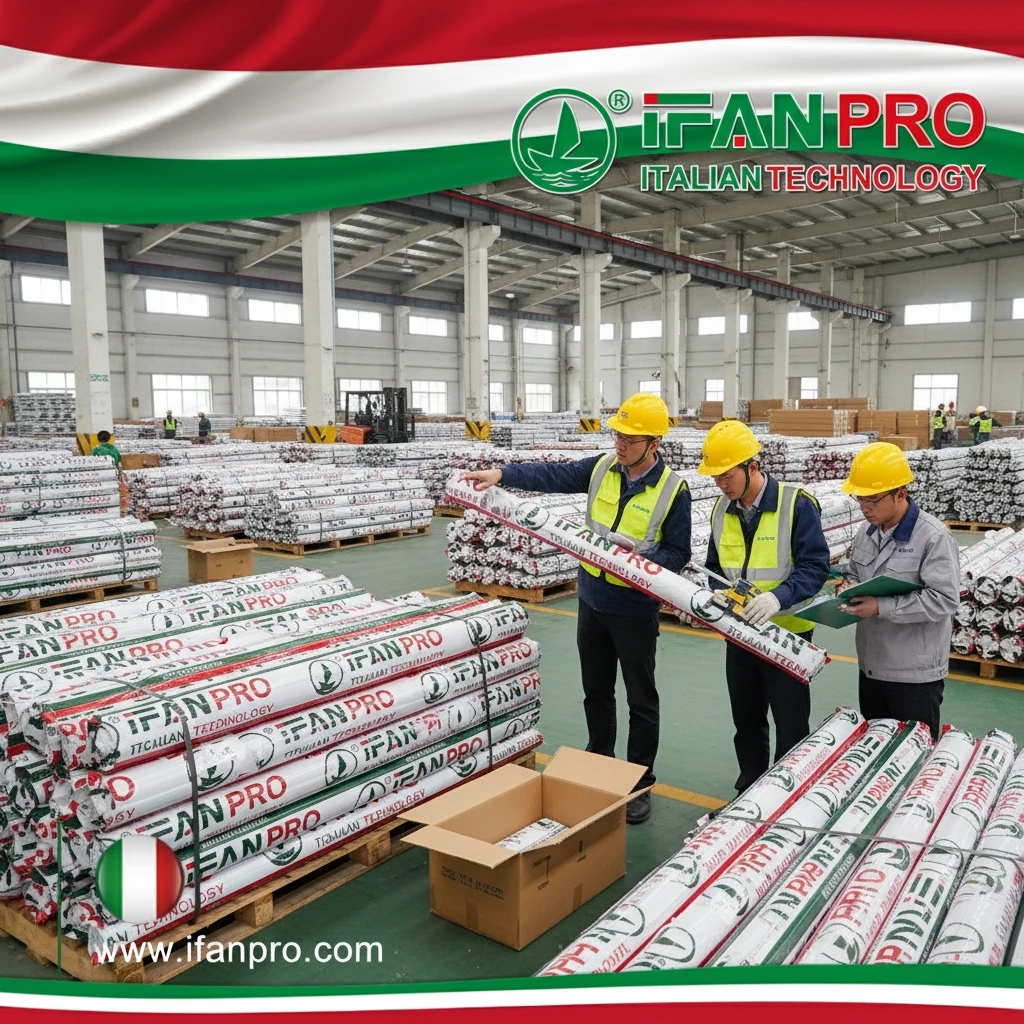During a severe storm last year, I witnessed how proper drain pipe selection prevented flooding in a commercial complex while neighboring properties suffered significant water damage. This experience reinforced how crucial material selection is for exterior drainage performance and longevity.
The most common pipes for outside drain lines include PVC, corrugated polyethylene, ABS, and concrete pipes, each offering distinct advantages for different applications. PVC excels in most residential scenarios due to its durability and chemical resistance, while corrugated polyethylene provides flexibility for uneven terrain, and ABS offers superior impact resistance in cold climates.
Understanding the specific advantages and limitations of each material ensures optimal drainage system performance. Additionally, proper selection criteria help prevent common installation errors and long-term failures. Now, let’s examine the key characteristics and ideal applications for each drain pipe type.
What Are the Advantages of PVC Pipes for Exterior Drainage Systems?
After inspecting hundreds of drainage installations over my career, I’ve consistently observed that PVC systems installed two decades ago continue to perform flawlessly, while alternative materials often require replacement or significant repairs within much shorter timeframes.
PVC pipes offer exceptional durability, chemical resistance, smooth interior surfaces for optimal flow, and easy installation with solvent-welded joints that create leak-proof systems. Their rigid structure maintains proper slope, while UV-resistant formulations prevent degradation from sun exposure, making them ideal for long-term exterior drainage applications.

Key Performance Benefits
PVC delivers multiple advantages for outdoor drainage:
Long-Term Durability
PVC’s non-corrosive nature makes it immune to rust and chemical degradation from soil and water contaminants. Unlike metal pipes, PVC won’t deteriorate when exposed to moisture, maintaining its structural integrity for 50-100 years. Furthermore, PVC’s smooth interior surface prevents mineral buildup and maintains consistent flow capacity throughout its lifespan.
Installation Advantages
The lightweight nature of PVC simplifies handling and reduces labor costs during installation. Solvent welding creates permanent, leak-proof joints that prevent root intrusion and soil infiltration. Additionally, PVC’s rigidity ensures proper slope maintenance without sagging, which is crucial for effective drainage performance.
Environmental Resistance
Properly formulated PVC compounds withstand freezing temperatures without becoming brittle. Schedule 40 PVC handles most residential applications, while Schedule 80 provides extra strength for areas with potential physical damage. UV-stabilized formulations prevent sunlight degradation in exposed applications.
How Does Corrugated Polyethylene Perform in Outdoor Drainage Applications?
While working on a golf course drainage project, we utilized corrugated polyethylene pipes to navigate around complex tree root systems and uneven terrain where rigid pipes would have required extensive excavation and fitting adjustments.
Corrugated polyethylene excels in applications requiring flexibility, ease of installation, and resistance to soil movement. Its lightweight, flexible design allows bending around obstacles without fittings, while the corrugated structure provides crush resistance despite thin walls, making it ideal for landscape drainage, French drains, and agricultural applications.
Performance Characteristics
Corrugated polyethylene offers unique advantages for specific scenarios:
Flexibility and Installation Ease
The material’s inherent flexibility enables installation in curved trenches without multiple fittings, reducing potential leak points. Its lightweight nature allows manual handling without heavy equipment, significantly speeding up installation time. The snap-fit connections further simplify joining compared to solvent welding or mechanical couplings.
Drainage Efficiency
The perforated designs effectively collect groundwater while filtering out soil particles. The corrugated exterior increases surface area for better water intake in French drain applications. However, the corrugated interior surface slightly reduces flow efficiency compared to smooth-walled pipes, requiring careful slope calculation.
Durability Considerations
While resistant to chemicals and corrosion, corrugated polyethylene has lower crush resistance than rigid PVC under heavy loads. It performs best in residential landscapes, athletic fields, and agricultural applications rather than under roadways or heavy traffic areas without proper protection.
What Factors Determine Whether to Use ABS or PVC for Outdoor Drains?
A manufacturing facility initially specified ABS pipes for their exterior drainage system, but we recommended switching to PVC after testing revealed chemical compatibility issues with their effluent. This decision prevented what would have been premature system failure.
The choice between ABS and PVC depends on temperature fluctuations, chemical exposure, local building codes, and installation method preferences. PVC generally offers better chemical resistance and UV stability, while ABS provides superior impact resistance in cold temperatures and easier installation with its one-step cement process.
Comparative Analysis
Understanding the performance differences guides proper material selection:
Material Properties Comparison
PVC maintains better flexibility in cold weather and offers superior resistance to sunlight degradation without requiring additives. ABS naturally provides better impact strength at low temperatures but may become brittle with prolonged UV exposure unless specially formulated with protective additives.
Chemical Resistance
PVC demonstrates excellent resistance to acids, alkalis, and other chemicals commonly found in soil and drainage water. ABS shows good chemical resistance but may be vulnerable to certain petroleum-based compounds and concentrated acids. For industrial applications, PVC typically provides broader chemical compatibility.
Installation Considerations
ABS installations proceed faster with one-step cement versus PVC’s two-step primer and cement process. However, PVC offers more joining options, including gasketed joints for larger diameters. Most building codes now approve both materials, but local regulations may favor one over the other.
How Do You Select the Proper Pipe Material for Different Soil Conditions?
We encountered significant drainage failures in a coastal community where acidic soils rapidly deteriorated certain pipe materials. By implementing a soil-specific selection protocol, we eliminated premature failures and extended system lifespan by decades.
Soil conditions dramatically influence pipe material selection, with acidic soils favoring chemically resistant PVC, alkaline conditions accommodating most materials, expansive clays requiring flexible polyethylene, and high-water tables necessitating watertight joined systems. Proper assessment of soil pH, composition, stability, and drainage characteristics ensures optimal material performance.
Soil-Specific Selection Criteria
Different soil conditions demand specific pipe characteristics:
Chemical Composition Considerations
Acidic soils (pH below 6.0) require chemically resistant materials like PVC or HDPE. Alkaline soils (pH above 7.5) are less aggressive but may affect certain plastics over time. Saline soils in coastal areas demand materials with excellent salt resistance, making PVC or corrosion-proof plastics ideal.
Physical Soil Characteristics
Expansive clays that shift with moisture changes require flexible pipes like corrugated polyethylene that can move without damage. Sandy soils that settle unevenly need either flexible pipes or rigid pipes with proper bedding support. Rocky soils with sharp edges demand pipes with good abrasion resistance and proper bedding.
Drainage and Water Table Factors
High-water table conditions require pipes with watertight joined systems to prevent infiltration. Poorly draining soils need perforated pipes with proper filter fabric to prevent clogging. The following table summarizes selection guidelines:
| Soil Condition | Recommended Pipe | Key Considerations | Installation Tips |
|---|---|---|---|
| Acidic Soil | PVC, HDPE | Chemical resistance | Test soil pH before selection |
| Expansive Clay | Corrugated Polyethylene | Flexibility | Allow for movement in trench |
| High Water Table | PVC with gasketed joints | Watertightness | Proper joint assembly critical |
| Sandy Soil | PVC, ABS | Bedding stability | Compact bedding properly |
| Rocky Soil | Schedule 80 PVC | Abrasion resistance | Use sand bedding for protection |
Implementation Guidelines
Successful installation requires additional considerations:
Soil Assessment Protocol
Conduct pre-installation soil testing for pH and composition analysis. Identify groundwater levels and seasonal fluctuations. Assess soil load-bearing capacity for deep installations. Check for contaminants that might affect pipe materials.
Installation Adaptations
Adjust trench preparation based on soil type, with wider trenches in unstable soils. Use appropriate bedding materials like sand or gravel to protect pipes. Select proper backfill materials and compaction methods based on soil characteristics. Install protection sleeves in rocky or shifting soils.
Conclusion
Selecting the proper pipes for outside drain lines requires careful evaluation of material properties, soil conditions, environmental factors, and application requirements. PVC (compliant with ASTM D2729) offers the broadest suitability for most residential applications, while corrugated polyethylene provides flexibility for challenging terrain, and ABS delivers superior impact resistance in cold climates. By matching pipe characteristics to specific project conditions and following proper installation protocols, you can ensure effective, long-lasting drainage system performance.













Recent Comments